White Flower 1960
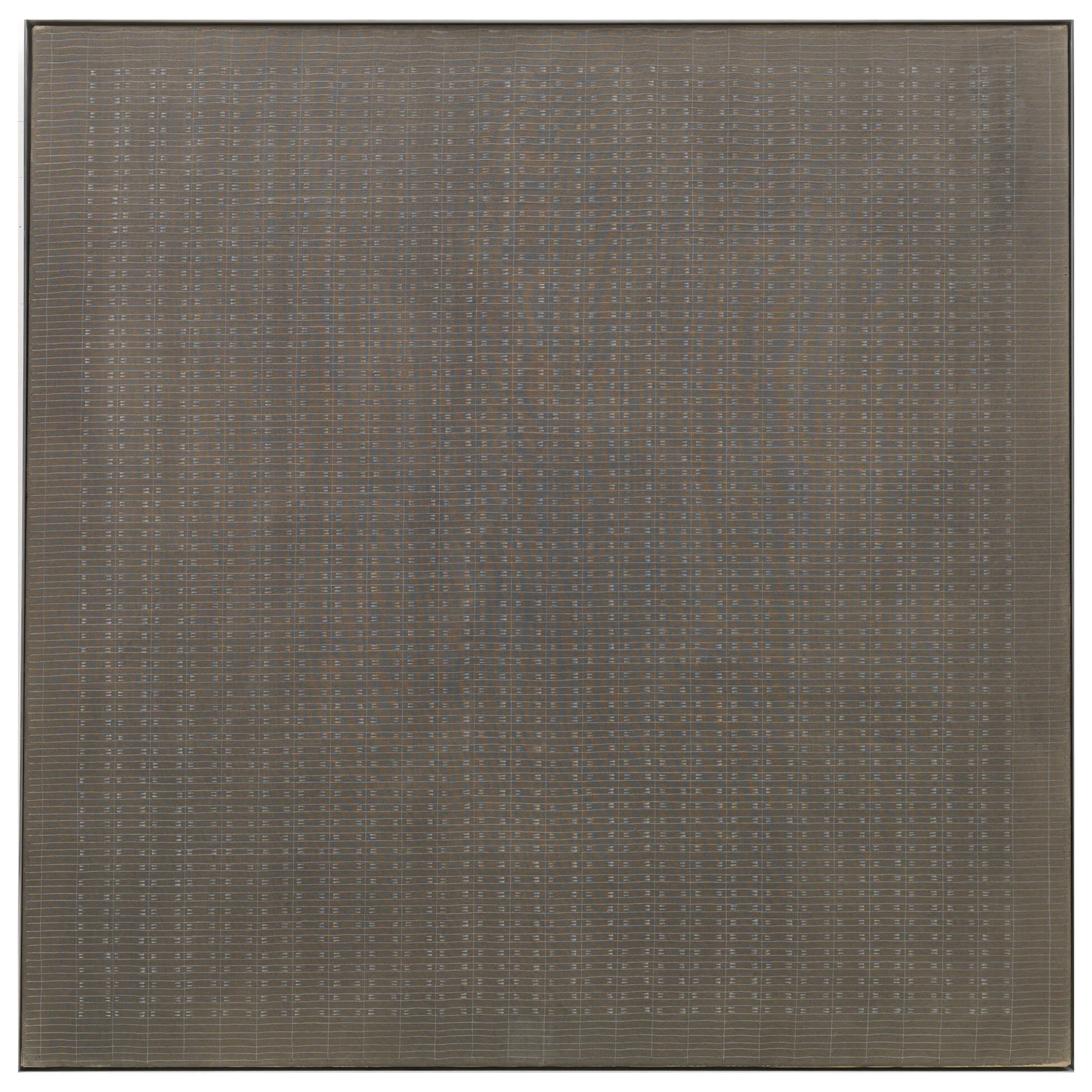
Agnes Martin, White Flower, 1960
Oil on canvas, 182.9 x 182.9 cm
Solomon R. Guggenheim Museum, New York
© Agnes Martin / SOCAN (2019)
Martin premiered her earliest grid paintings at her third and final exhibition at Betty Parsons Gallery in 1961, which included the painting White Flower. Executed on a six-foot-square canvas, which became her standard canvas size for the next thirty-two years, White Flower consists of a dark background with a grid of white lines that create hundreds of rectangles, wider than they are tall. Each rectangle is delineated by four dashes of white paint, one in each corner, except for a border of empty rectangles that extends several inches in from each edge.
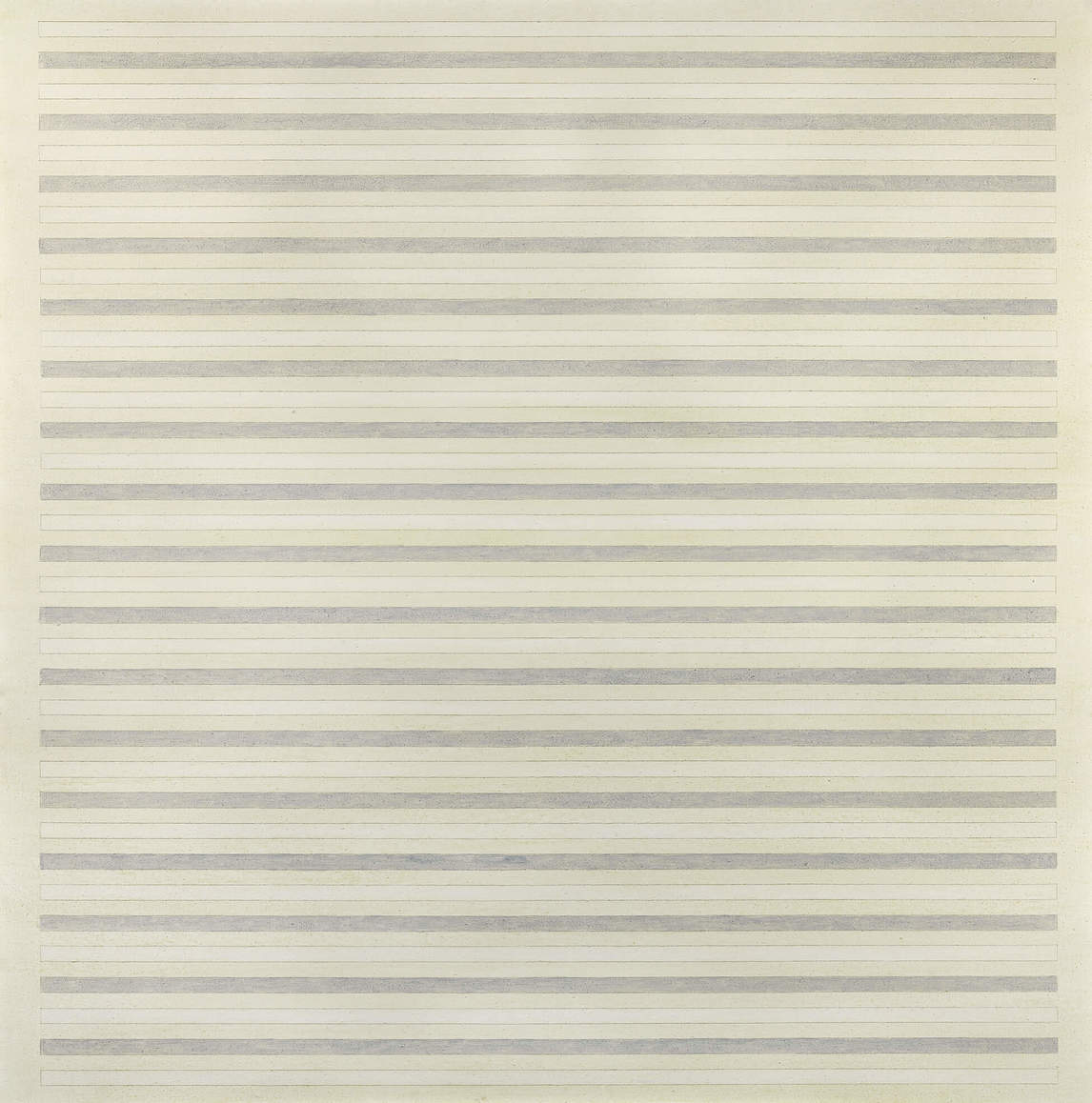
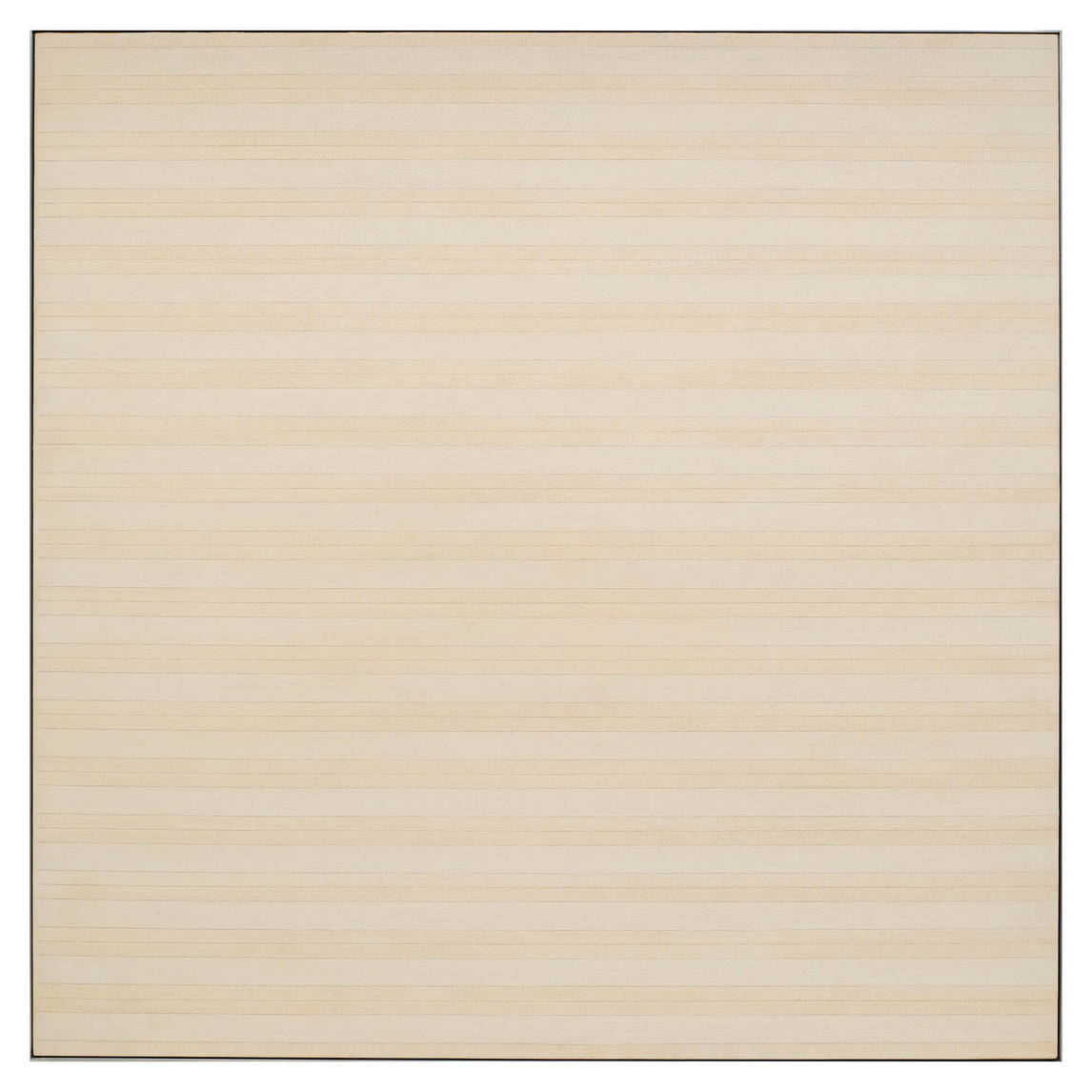
The grid paintings of 1960 and 1961, including White Flower, often included non-grid elements, such as borders, dashes, dots, and broken lines. The Islands, 1961, for example, features a border, much larger than the one on White Flower, with graphite rectangles and white painted dots instead of dashes. Martin gradually left the dots, dashes, and broken lines behind, and by 1964 the borders were gone as well. The grid format offered Martin the opportunity to create completely formless paintings. “My paintings have neither object nor space nor line nor anything—no forms,” she said in 1966. “They are light, lightness, about merging, about formlessness, breaking down form.”
Martin gave at least five other paintings the title White Flower, or a variation of that name. Two from the early 1960s share recognizable rectangle and dot patterns of white paint, while two from 1985 feature grey horizontal lines over a white background. The 1960 canvas is the only one of the five that is not white as the flower in the title suggests. Martin explained that “other titles that I have given, Desert Flower and White Flower. . . it isn’t really about a flower, it’s really about a mental experience.”

 About the Author
About the Author
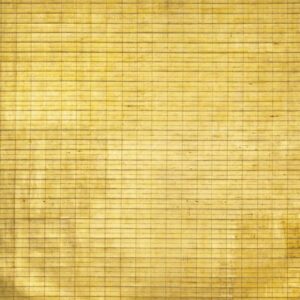 More Online Art Books
More Online Art Books
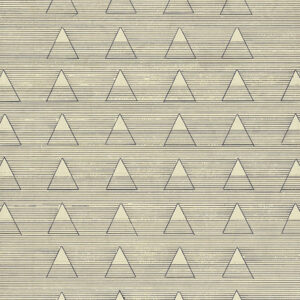 Acknowledgements
Acknowledgements